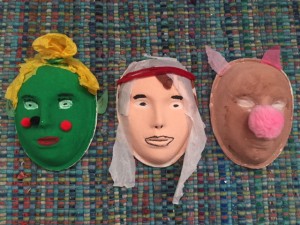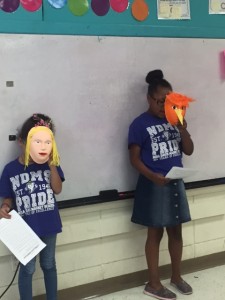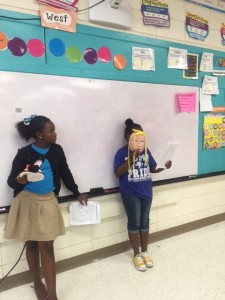“It was extremely fun because we got to do so many activities with Jim Henson. The performances were funny and goofy. We learned how many things he created. Like the Muppets and Sesame Street. It was fun and challenging at the same time creating the simple machine Muppets. But we would definitely do it again.”
– Center Group Number 5
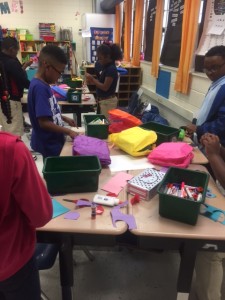

![IMG_0398[1]](http://fourthgradefun.com/wp-content/uploads/2016/09/IMG_03981-225x300.jpg)
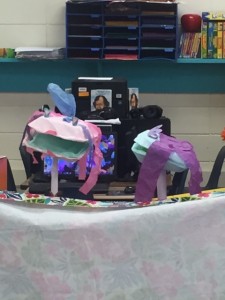
We read a biography about our famous Mississippian, Jim Henson. We learned so much about his personal life, how he wanted to better the world, the ways he creativity changed television, and about his most famous works, the Muppets. Because we were learning about simple machines in science, we created our own Muppets using our knowledge of levers. In order for a Muppet to work, our working simple machines included a load and fulcrum. In pairs, we created a storyboard with a partner that had a simplistic plot. The elements of Jim Henson’s work, opposites attract, had to be evident with our Muppet’s character traits and look. We learned that Muppets just can’t be funny; they have to do funny things. The skits were preformed showcasing our theater skills including pacing and voice projection.

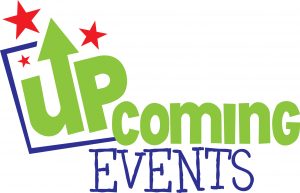

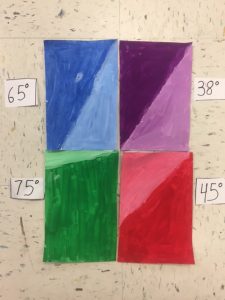
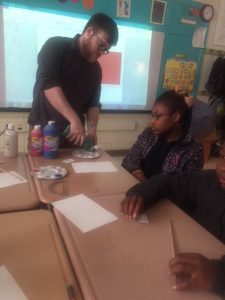
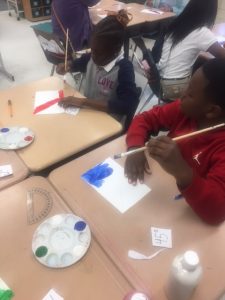

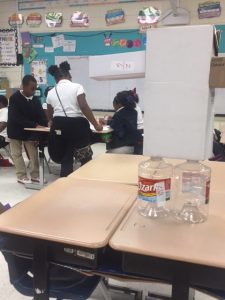
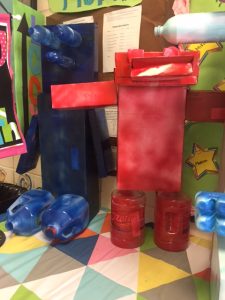
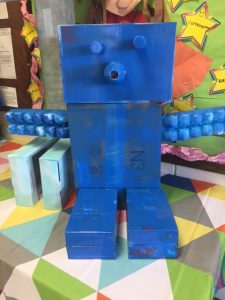
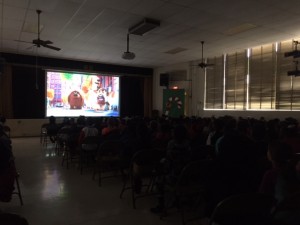
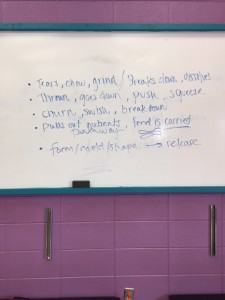
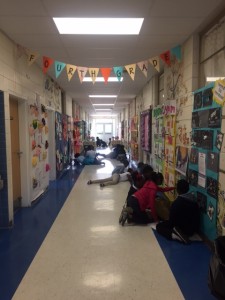
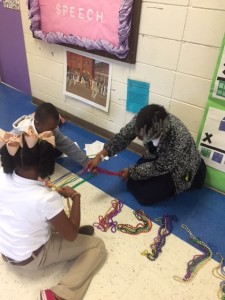

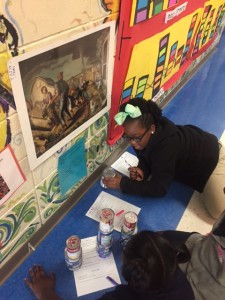

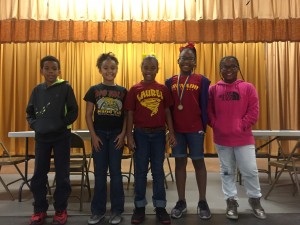


![IMG_0398[1]](http://fourthgradefun.com/wp-content/uploads/2016/09/IMG_03981-225x300.jpg)

